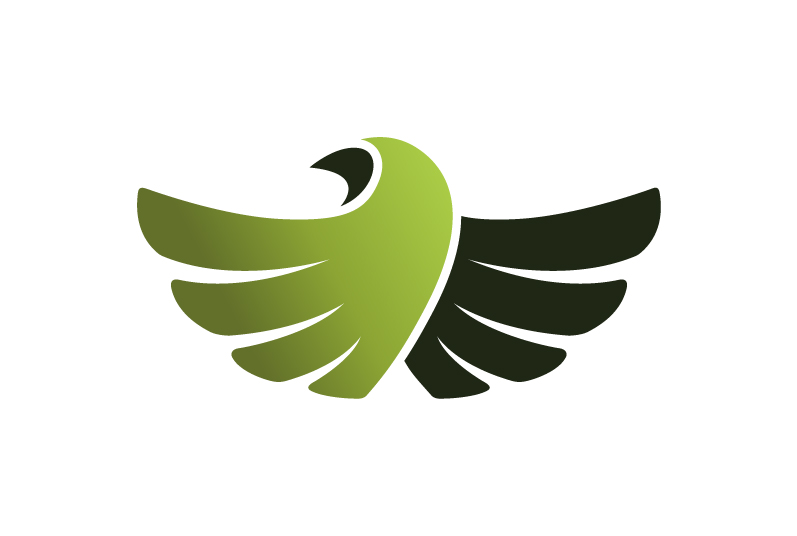Somatics: what is it and how could it benefit you?
Soma means ‘living body’ and relates to how we experience our own body rather than how someone else might observe it. Only you can know how a movement feels to you, no-one can observe that sensation. So ‘body’ describes what an observer sees and ‘soma’ describes how that body feels to the person inside it. It is observing or being aware of the body from the inside. Yoga, qigong and tai chi are ancient somatic practices because they involve both body and mind; they require focus on how the body and movements feel.
Somatic movement appeared in the West in the twentieth century via philosophy and dance, but has moved into the field of complementary therapies in disciplines such as Alexander Technique, the Feldenkrais Method and Rolfing, which you may have heard of.
In his book Somatics, Thomas Hanna explains that “During the course of our lives, our sensory-motor systems continually respond to daily stresses and traumas with specific muscular reflexes. These reflexes, repeatedly triggered, create habitual muscular contractions, which we cannot – voluntarily – relax. These muscular contractions have become so deeply voluntary and unconscious that, eventually, we no longer remember how to move about freely. The result is stiffness, soreness, and a restricted range of movement.”
This loss of awareness of what the body is doing is known as sensory motor amnesia (SMA). Basically, the brain can no longer sense certain muscles and so loses control of them without us even realizing it. SMA can happen at any age, even in the young, as a response to psychological or physical stress or trauma, but it usually starts to be noticeable in people in early middle age. The good news is that SMA can be prevented and reversed.
The age old adage ‘use it or lose it’ does seem to ring true. Much of the deterioration seen in older age is due to a gradual reduction in activities that stimulate body and mind. To retain mental and physical function, we need to take part in varied activities. In fact, activity becomes more important as we age, not less. Learning about somatics and discussing it with colleagues has made me realise just how many of the things that I loved to do as a child I stopped doing in adulthood: somersaults, roly polys, handstands and skipping. They undoubtedly served me well during my development, but why stop there? How much function have I lost from no longer practicing them? I have decided to re-introduce at least some of them to my adult life, just in case…
Endocrinologist Hans Selye described two different forms of stressors: distress and eustress. Distress, as the name suggests is negative or harmful stress, such as the death of a loved one, separation, injury, etc. Eustress is positive or good stress, such as preparing for a holiday, marriage or starting a new job. Distress causes us to feel threatened and defensive, eustress motivates us, it encourages us to action. Our bodies respond to those two distinct psychological stresses in different ways.
Distress tends to cause us to withdraw physically as well as emotionally, as if someone has hit us in the stomach, so the jaw clenches, the eyes and forehead contract, the shoulders raise, the head goes forward, the abdominal muscles tighten and the legs and feet turn inward. We clench the muscles at the front of the body and assume the foetal position. Over time this can become a learned behaviour leading to facial wrinkles, neck and shoulder pain, breathing difficulties and even constipation and haemorrhoids.
Eustress triggers muscles at the back of the body to contract, as in the Landau reaction in infants when they become able to lift their head and arch their back at around six months. It is a reflex reaction of activity, allowing a baby to start to move about and allowing adults to meet challenges. If this becomes habitual, it can lead to back pain in adult life.
These reactions to stress happen top down because the impulse comes from the most primitive part of the brain, so it reaches the face first and travels down the body. It also means that it is an unconscious reaction, and a rapid one at that, so we don’t even realise when it happens.
These two reflex reactions to stress are normal and necessary to our survival: one to protect us and one to drive us. Over time we can become stuck in one response or the other, or a combination of the two, unaware and unable to consciously release the muscular tension to allow the body to return to its normal posture. We lose touch with our own body and so lose control over it, which can result in:
Stiffness and limited movement from tight muscles
Chronic pain from the build-up of waste products around continually contracting muscles
Chronic fatigue from the energy used up to contract muscles
Shallow breathing from a constricted chest
High blood pressure from restricted breathing
Low mood from pain, reduced mobility and poor posture.
Traumatic stress can also cause muscles to spasm, in this case to protect the injured part of the body, whether from an accident or surgery, and can lead to the same problems listed above if the contraction becomes habituated and persists after the injury has healed.
Thomas Hanna’s book Somatics is a fascinating read and includes exercises (based on the work of Moshe Feldenkrais) that you can practise to prevent or reverse musculoskeletal problems caused by habituated responses to stress. Or you could try the more traditional somatic practices of yoga, qigong or tai chi, especially if you prefer to exercise in a class. If nothing else, I hope to have encouraged you to tune in to how your body feels, to notice and be aware.

